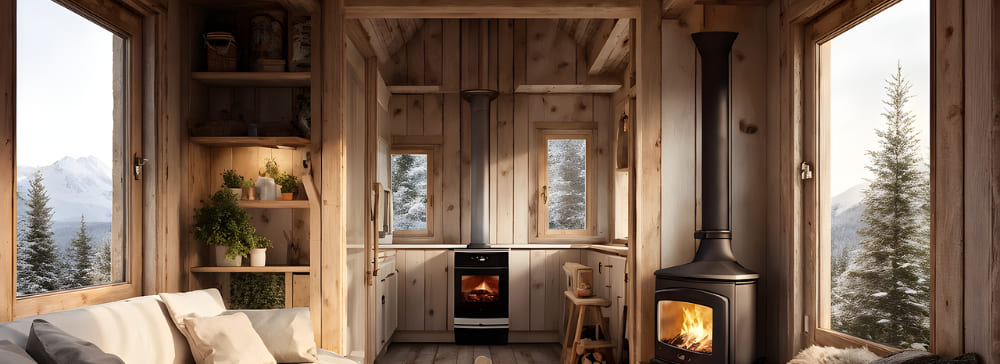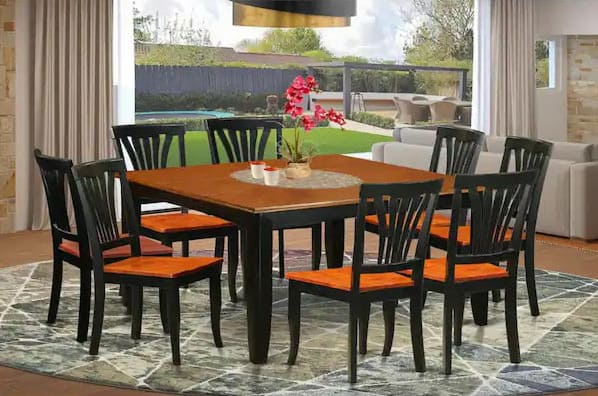Downsizing

I often hear the term “downsizing” and find myself wondering what it really means, and what the outcome of downsizing is supposed to be. There are two kinds of downsizing that come to mind: work downsizing and home downsizing.
At the moment, we’re experiencing work downsizing. The government has been tasked with reducing its workforce, which is meant to lower costs and improve efficiency. On paper, this sounds ideal, as it should reduce the burden on taxpayers who ultimately fund government programs and services.
As both a government employee and a taxpayer, I’m all for reducing costs and improving efficiency. However, in my 45 years of government service, I’ve yet to see a real reduction that puts more money into my pocket. At some point, though, the reduced services will likely need to be reinstated, which leads me to wonder about the long-term effects of these cuts.
Now, when it comes to home downsizing, it’s something I see frequently in articles, books, and magazines, especially for people my age. Curious, I turned to Google for a definition, and it said that “downsizing typically refers to reducing possessions and living in a smaller space for reasons like financial stability, simplicity, or focusing on experiences over material wealth.”
The idea is to move to a smaller home, declutter, and simplify life. But where do I begin? Should I take a government-like approach and announce to my family that I’m cutting 50% of my belongings? Or do I move into a tiny home, which, as my grandmother would say, has just enough space to “cuss a cat”?
I currently live in two homes, and I’m finding I’m almost out of space in both. I enjoy my possessions and the space I have. Downsizing into a smaller, more confined home doesn’t seem like it would simplify my life or bring me happiness. I want enough room for my family and visitors to stay comfortably.
There are real emotions tied to downsizing, whether at work or home. Downsizing can trigger feelings of sadness, grief, stress, and anxiety. It’s a shift in what’s been considered “normal,” and change is processed in different ways by different people. I see it at work—employees are anxious about their futures. They have families to support, bills to pay, and the fear of losing their livelihood is making it hard for them to stay positive.
Perhaps a better approach is to think of it as “rightsizing” instead of downsizing. Rightsizing means evaluating what is truly important and then aligning your work or personal life with your core values, goals, and needs. While I’m not sure the government has fully considered values and needs, I’ve certainly reflected on what matters most to me. For me, rightsizing means maintaining the ability to preserve the life I enjoy and the things that bring me happiness. That’s how you create a more fulfilling life—or work environment.
What led me to reflect on this is that I recently bought a dining table that seats eight. That’s my way of “rightsizing”—making space for family to join me and for everyone to gather around together.

I always say, life is too short! Buy the shoes and eat dessert first!


2 Comments
BJ
Sadie, thank you for reading. Our things become great memories & one day we may lose our memory & at that time we can let go physically as well as mentally. Life is not a one-size fits all. I enjoy following you on your adventures & hope to see you again soon. Hugs, bj
Sadie Bowyer
Love your piece! I have much too much, but I’m happy with looking at each piece (thing) & it brings back many memories from earlier times. I’m not ready to part with my stuff!